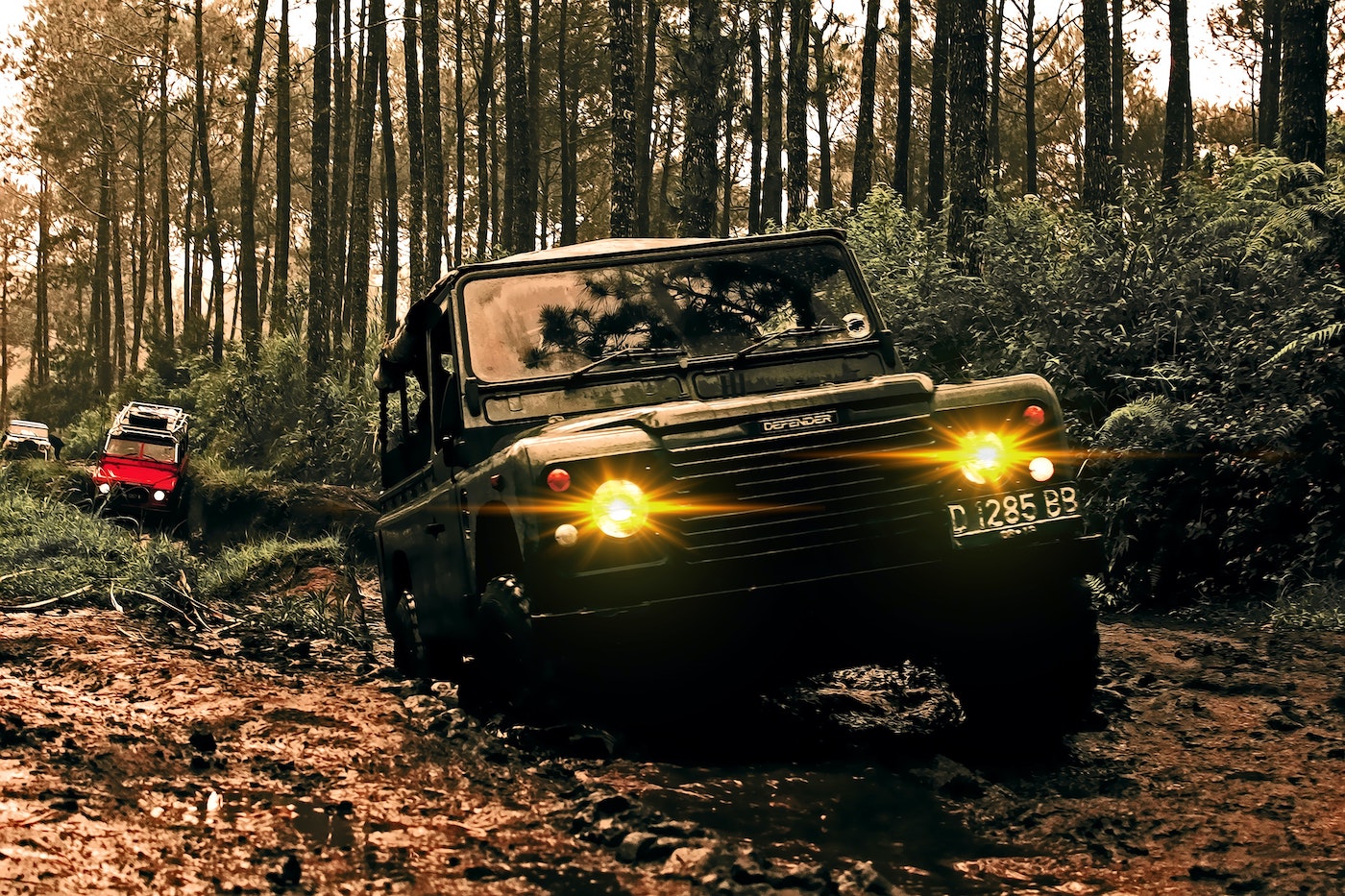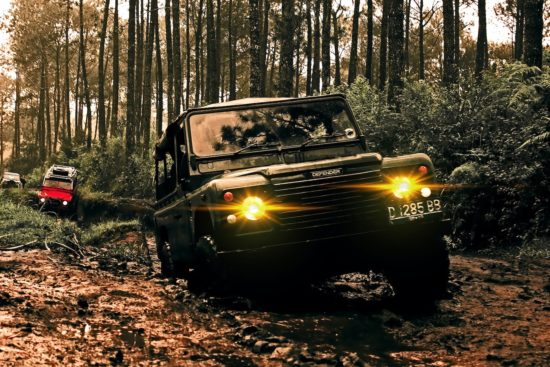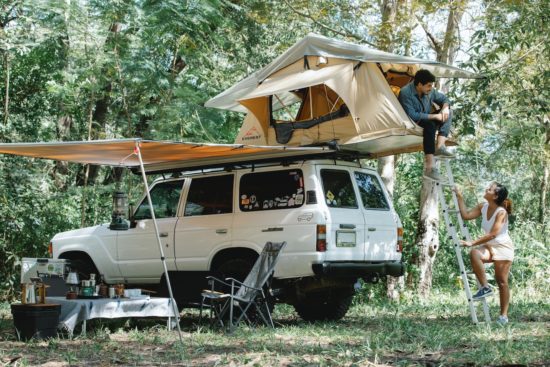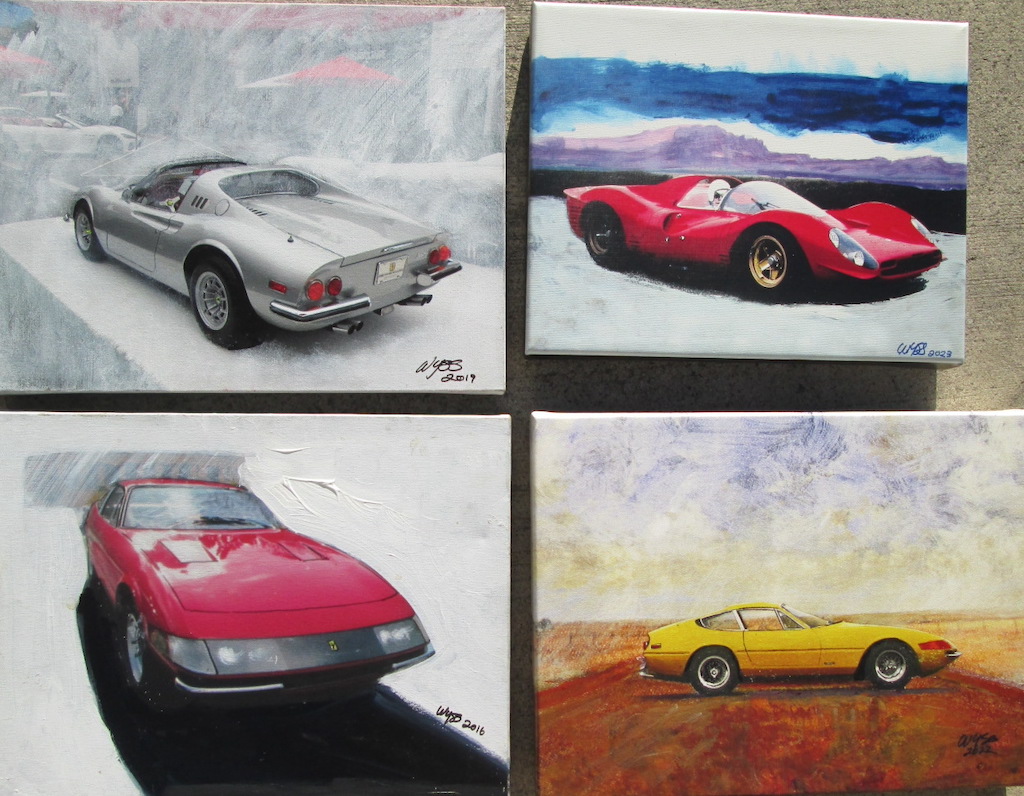by Mike Gulett –
All-wheel drive (AWD) is four-wheel-drive mode that automatically shifts power between the front and rear wheels for traction control and is acceptable for light winter driving and some off-road use. When used to describe light passenger vehicles, it refers to a system that applies power to all four wheels (permanently or on demand) and is intended to improve road traction and performance in wet and icy road conditions.
Four-wheel drive (4WD) has been used as a general term for any system that powers all four wheels. 4WD is most often used to describe a mode that excludes the properties of AWD, is heavier duty and meant for more serious off-roading. 4WD – 4×4 (“four by four”) – refers to a two axle automobile capable of providing power to all four wheels at the same time. It may be full-time power or on-demand power, and is usually linked by a transfer case providing an additional output drive shaft and maybe additional gear ratios.
Some electric cars have motors that drive each axle separately and some have a motor for each wheel. The computer decides how much power to deliver to each axle or wheel without involvement from the driver.
These terms (AWD and 4WD) have become fluid and different manufacturers may use these terms differently. This is confusing to me and likely many of you. Remember the old 4WD vehicles that required a manual switch (maybe a gear lever or turning something on the wheels) to turn 4WD drive on and off? We all knew that vehicle was a 4WD. Modern automobiles handle this change for the driver automatically.
Deciding between AWD and 4WD can be simplified if we ignore the terms and instead focus on what the vehicle does and how that compares to our requirements or desires. The term confusion may become more complex over time and each manufacturer attempts to distinguish their models with terminology and the customer will need to investigate what the terms mean for each maker and model.
If you intend to do serious off-road driving then selecting the right vehicle is important and so is selecting the right equipment like tires – 4×4 wheels and tyres are designed to grip the ground providing enough traction to avoid getting stuck, and are strong enough to withstand off-angle climbing.
Some sports cars, like some Lamborghini models, come in either AWD or two-wheel drive with power going to the rear wheels only. The rear wheel drive is preferred by many aggressive drivers who want the old fashioned experience of drifting and controlling the car with the rear wheel power or braking. Sports cars with AWD have a different driving experience that many drivers likely will not notice.
Let us know what you think in the Comments.
Photos by Ahmad Syahrir, Uriel Mont and Sergo Karakozov on Pexels.






More a dissertation than a comment…..
In Australian early [’50’s – ’60’s] rural use bashing the yellow button for high range 4wd on your Series One Land Rover whilst still progressing made mud or sand progress unimpeded and assured as cf all other competitors re actually getting anywhere in adverse driving conditions. In normal use they, like all others than Unimogs and those Austrian Steyrs were 2wd, however when I went to patent a 3-differential [front, rear, and centre, with the centre diff limiting in the early ‘sixties] 4wd/AWD system pre Range Rovers I learned all I had done was modify the Dutch Spyker patent of circa 1904 or thereabouts, which used three open diffs, a pattern also used by FWD in heavy equipment in the US. An RS200 equivalent 4×4 performance coupe’ as proof of concept was derailed by the incumbence of the Australia Design Rules and never built beyond driveable running chassis.
While continuous AWD, the limit to Range Rovers was that the front and rear diffs were not limiting, and regardless whether you locked the centre diff, one wheel spinning at either end brought forward or rearward progression to a frustrating halt.
Having acquired the rights to a limiting diff conversion from an engineer mate/buddy, I applied this to the rear axles of a grossly over-re-engined power-wise early Range Rover Classic, which completely tamed its priorly unmanageable power-on power-off headlessness and have applied it likewise to subsequent Range Rovers with near totally satisfactory results, the more so in that it negates the powerr understeer and power off snap oversteer of the normal open drive system. I continued using this till the P38a, and still use it in my Classics and Discoveries.
My only other comment is that driving technique for continuous AWD/FWD is completely other and necessarily more measured than for 2wd, and is a learned technique. Those who do not learn will need extra wheels on the roof of the vehicle.
Fascinating David, thank you.
Mike,
“Axel” is for professional skaters, like “she did a flawless triple-axel”; “axle” is for cars.
Glenn in Brooklyn, NY.
Thank you Glenn. Axel and Axle both pass the spell check software. The corrections have been made.
Mike,, Glenn,
My take, Axel is usually tall blond blue eyed and either of Germanic or Scandawegian origin or genotyype
[Quiet Chuckle]